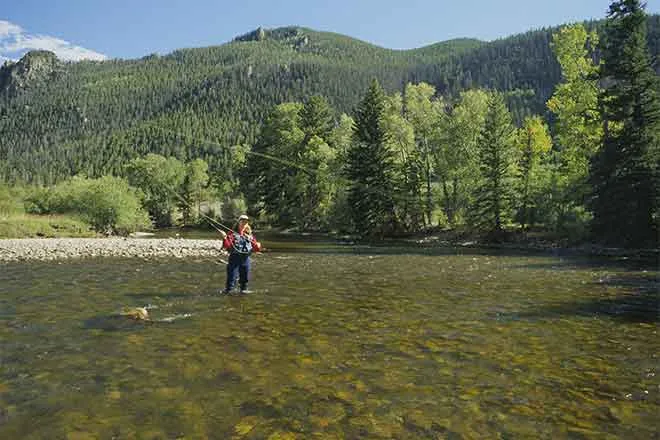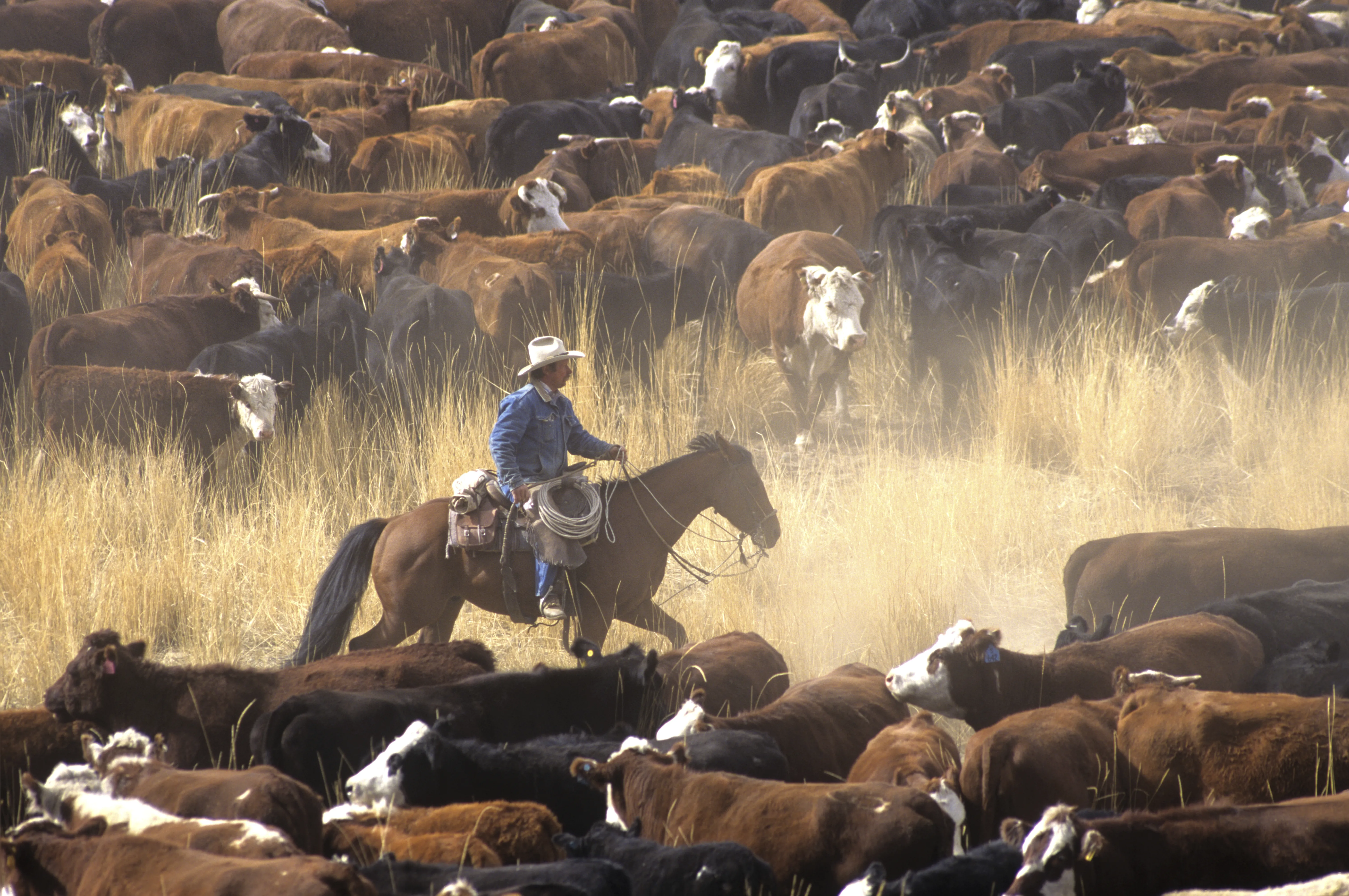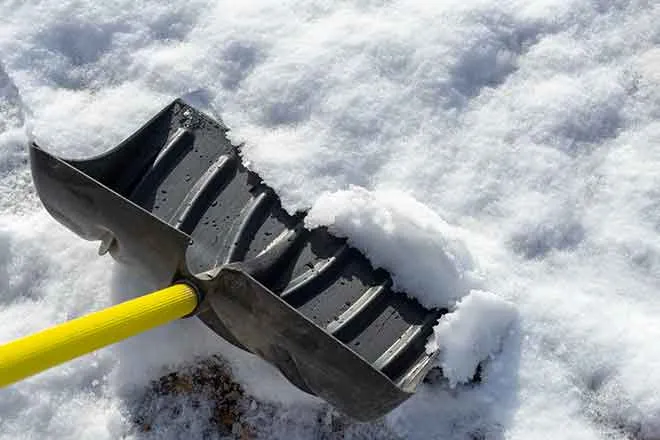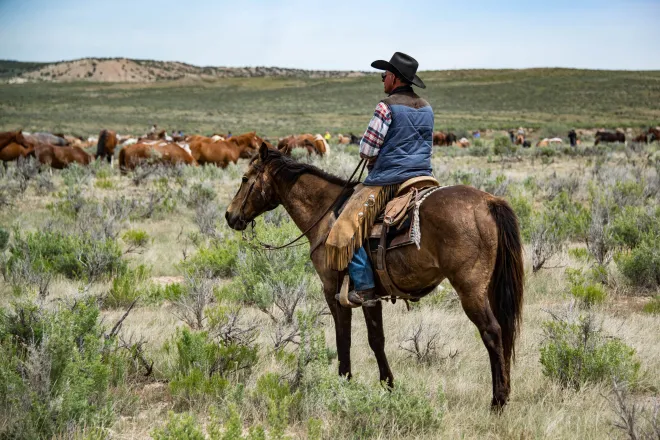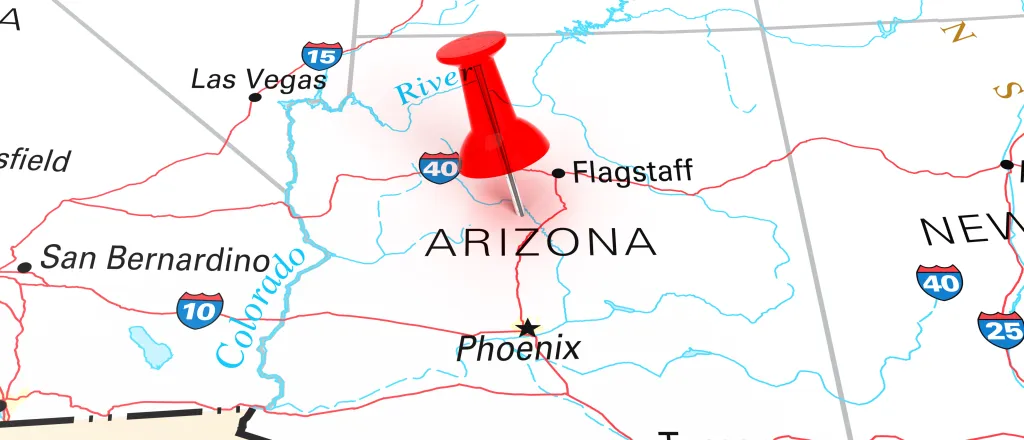
BLM seeks public comment on wild burro management in Arizona
(Arizona News Connection) The wild burro population in northwest Arizona is about four times the appropriate management level, according to the Bureau of Land Management.
The agency is seeking public comment on a proposal which would decrease the number of wild burros in three herd management areas south of Kingman. There are about 2,300 burros in the area.
Philip Cooley - branch chief for biological resources with the BLM's Arizona office - said burro numbers have exceeded what the land is capable of supporting, which has consequences for wildlife habitat and local communities.
"The animals overuse the resources in their herd management area and then, as those resources start getting overused and they're competing for the resources, they start moving out into areas outside of the herd management area," said Cooley. "And this is when we can have concerns with the animals going onto private property and causing damage."
Cooley added that the proposal calls for using temporary fertility controls, sex-ratio adjustments and periodic removals of wild burros over a 10-year period.
Although some wild horse and burro advocates prefer other alternatives, Cooley added that it's important to make sure all uses on public lands in Arizona are taken into account.
The comment period closes October 11.
Cooley said because wild burros have very few natural predators and are protected from hunting, herds can quickly grow in size. He added that Arizona is one of several BLM states that has a wild horse and burro program, and says there are coordinated efforts among those states to - in his words - "leverage resources and manage things appropriately."
Cooley said when animals are removed from the range, they're put into the BLM's Adoption and Sales Program, to be placed in private homes off the range.
"We do the 'gathers' in combination with the fertility control," said Cooley. "It's not permanent sterilization, it is a temporary fertility control, that slows down how fast the animals repopulate. It delays getting huge overpopulations."
He added that the agency determines the numbers for each herd management area by analyzing the rangeland resources, as well as population data spanning several years.



